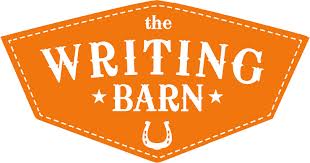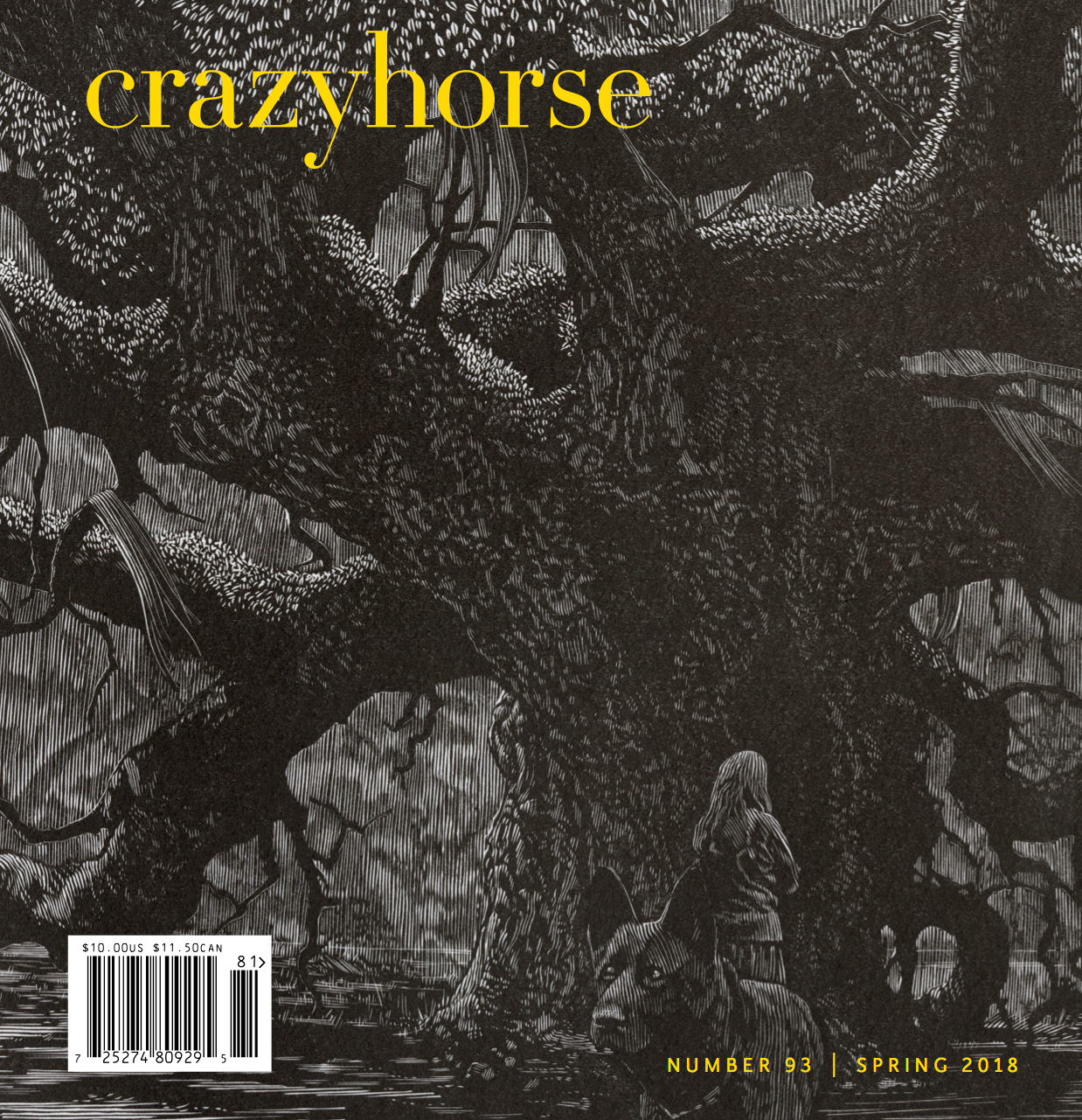
The last issue of the Austin-based journal American Short Fiction featured a story by Roxane Gay and the Pushcart Prize winning “Teen Culture” by Elizabeth Ellen. The next issue will feature Joyce Carol Oates and Kevin Wilson. ASF also publishes work online, such as this story by Anthony Abboreno.
American Short Fiction was founded in Austin, TX, in 1991 by Laura Furman (editor of the O’Henry Prize Story Collections) and has published stories that have found their way into most of the big, yearly story collections. Like most literary journals, American Short Fiction gone through multiple incarnations. After a brief hiatus in 2012, ASF is publishing once again. The forthcoming issue features work from Kevin Wilson, Joyce Carol Oates, Kellie Wells, and others, including Barrett Swanson. The journal also publishes web-inclusive stories and essays at americanshortfiction.org. One of those stories, “Filler” by Anthony Abboreno, was featured this week here at Read to Write Stories.
In this interview, American Short Fiction co-editors Adeena Reitberger and Rebecca Markovits discuss the editing process, the limits of readers’ attention span for online fiction, and the advantages of publishing online content as well as a traditional print journal.
(To read Anthony Abboreno’s story “Filler” and an exercise based on the story’s character development, click here.)
Michael Noll
The funny thing about reading published stories is that you can’t imagine them existing in any other version. At least, that’s how I feel about Anthony Abboreno’s story “Filler.” And yet I know from experience that most stories that are accepted by journals are usually revised before being published. As a result, I’m curious about your role as an editor for this story. How close to the published version was the first draft that you read? What sort of suggestions did you make?
ASF
A huge part—in some ways the most important part—of an editor’s job is simply being selective. And “Filler” was definitely a case where this was the most important part of our job—choosing to publish the story in the first place. Filler came in already as very clean copy, which is lovely for an editor. I seem to remember we made a couple of tiny changes for clarity, added or removed a comma here and there for technical, grammatical reasons, maybe turned one sentence into two, or two sentences into one, but nothing which would have made you respond any differently to the story than the final version you read on our website. That’s not always the case, and sometimes we do make some significant changes to stories that come our way (especially, sometimes, stories we really love), but we try to trust the authors’ instincts as much as possible, and if we have too big an issue with something, simply choose not to publish the story, rather than trying to “fix” something that may in fact just be a question of taste preferences. We fell for “Filler” right away, though.
Michael Noll
American Short Fiction is a traditional print journal, but it also publishes stories online. Do you think there’s any difference in the way readers approach stories in print versus online? It would seem that someone who picks up the print journal has made a firmer commitment to the work than someone who happens across your website. Does that mean that an online story must have a catchier or somehow sharper-edged first paragraph?
ASF
That’s a great question. And as more and more print journals (both fiction and non-fiction) are being driven, by economic realities, to online-only existences, one wonders to what extent that’s changing the nature of our reading content. The easiest answer to your question is that our policy is fairly simple: we limit our online fiction to stories that are roughly 2000wds or fewer. Now, we might well publish a story that’s 2000wds in our print journal, but you won’t see us publishing a story that is 7000wds long online. I don’t know if it is so much a question of attention span, but it is simply physically a little unpleasant to focus on the same backlit computer screen for that long. And, as you say, relief is such an easy click away. But there are probably more complicated answers to your question, as well. The fact that our online fiction changes every month somehow gives us a little more freedom to experiment in that space than we perhaps feel we have in the tri-annual print edition. And of course the online space has dynamic potential that print lacks: our current online fiction exclusive, for example, was written as a companion piece to a track on an album, and we were able to embed the SoundCloud of the music file right there next to the story, which was great. We love how the online space gives us the opportunity to have fun like that.
Michael Noll
I’m curious about how a journal’s identity and mission are shaped by its online presence. In the past, a print journal needed to offer content only a few times a year. But being online requires you to offer new material on the website with enough frequency to keep people returning to it. Does this new publishing schedule change the way that you approach submissions or editing? You’ve run a literary NFL preview (which was great, by the way), and this is probably something that wouldn’t happen in a strictly print journal. On one hand, some people might say this is watering down the “literary” content of the magazine, but on the other hand, a feature like that one broadens our sense of what it means to be a writer (we don’t often think of writers as die-hard NFL fans). It also gave you the chance to publish a lot of writers all at once.
ASF
I’m so glad you enjoyed that NFL preview—it was a lot of fun, all credit to our fantastic managing editor Jess Stoner, whose brainchild that was. Jess actually offers me a good way into answering your “pretty big question.” She’s a great aficionado of Internet culture (do I sound geriatric enough yet?) and has what I think is one of the most important qualities in an editor: an always-open mind. That means that she’s full of ideas about how to use the web to expand the often too-narrow idea of what a literary journal can do, which can result in fantastic surprises like that NFL series. In our case, I think it would be accurate to say that our website and our print journal have pretty separate identities. For one thing, other than the monthly fiction web exclusive, the website features entirely non-fiction, where as the print journal is fiction-only. That makes it pretty easy to separate out the two without feeling anxious about image questions. To a certain extent, the audience for the website is also probably a little different than the audience for the print journal. The website offers us a chance to join in the conversation about wider cultural issues that aren’t necessarily fiction-related (we have a regular series called “Things American” that gives us a great outlet for that sort of thing). But most of all, we like to use the website as a compliment to the journal, so that if we publish an author in the journal, or have published someone in the past who, say, has a new collection coming out, we feature an interview with her on the site. Or we can use the site to add a fresh dimension to the content in the journal, in the way I discussed above, by having, for example, playlists or visual material that might compliment a story in print. Ideally, a reader of both the print and online versions of American Short Fiction will find the two experiences not redundant, but also not add odds; companionable; two sides of one coin.
Michael Noll
American Short Fiction is located in Austin, which has always had a strong literary community. But it also seems to be a community that is growing and developing a stronger national reputation. What does it mean to be an Austin literary journal?
ASF
We LOVE being an Austin literary journal! As you say, the writing scene here is lively and growing quickly, with new publications and independent bookstores springing up all the time, and it’s great to be a part of that. We’re also excited about getting involved with the artistic community in general, so, for example, we try to feature art by local artists on our covers, and local musical acts at our events, etc. Literary hubs like New York obviously present their own advantages, but it’s nice, as a national journal, to swim around in a smaller pond too, sometimes, especially as the other fish are so colorful, and we like the relaxed atmosphere down here in Austin. It just feels nice and neighborly, and it’s great to have a local community that’s really invested in what you do. Plus, the tacos are just better!
October 2013
Michael Noll is the editor of Read to Write Stories.








